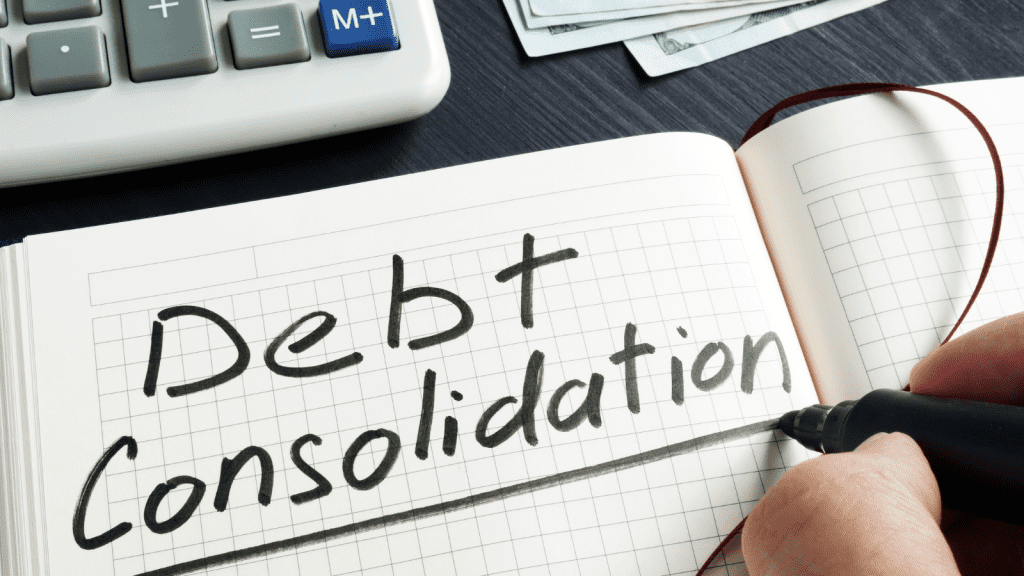Canadian Taxpayer Relief Provisions offer assistance to those who, for reasons beyond their control, are unable to pay their taxes. Taxpayers who fulfill specific criteria established by the Canada Revenue Agency are eligible for assistance (CRA). The criteria for becoming eligible for Canadian Taxpayer Relief Provisions are described in this article.
Requirements to Qualify for Canadian Taxpayer Relief Provisions
Canadian Residency
One of the main criteria for eligibility for Canadian Taxpayer Relief Provisions is Canadian residence. A person must have substantial residential ties in Canada in order to be regarded as a resident for tax purposes.
Significant residential relationships, according to the Canada Revenue Agency (CRA), include:
- Housing in Canada
- Such as a car or furniture, is referred to as personal property in Canada
- Canadian social relationships, such as those with family and friends
- A health card or driver’s license issued in Canada
Remember that even if a person lives outside of Canada, they may still be regarded as a resident if they have kept strong residential links to the country. When evaluating resident status, the CRA will take the person’s entire circumstances into account.
Tax Obligations
Another important need for eligibility under Canadian Taxpayer Relief Provisions is payment of taxes. Taxpayers must have unpaid tax liabilities, such as past-due tax payments or failed tax returns, in order to qualify for relief.
The Canada Revenue Agency (CRA) mandates that all taxpayers carry out their tax responsibilities, including timely filing of tax returns and payment of taxes due. If a taxpayer is unable to do so, tax obligations, fines, and interest fees may accumulate.
Taxpayers who want to use the Canadian Taxpayer Relief Provisions must be able to prove that they have unachievable tax liabilities. This could comprise:
- Overdue tax debts
- Unfiled tax returns
- Not remitting taxes deducted from employee paychecks
Taxpayer non-compliance, such as neglecting to disclose all income or claiming erroneous deductions, may prevent relief from being provided for tax obligations. In certain situations, the CRA may pursue enforcement action to recover the unpaid taxes, such as garnishing wages or seizing bank accounts.
Circumstances Beyond Control
Circumstances beyond one’s control play a significant role in deciding eligibility for Canadian Taxpayer Relief Provisions. Taxpayers must be able to demonstrate that the events leading to their incapacity to fulfill their tax obligations were beyond of their control in order to qualify for relief.
Examples of extenuating circumstances that might qualify a taxpayer for relief include:
- Natural catastrophes like fires, earthquakes, or floods
- Serious injury or disease
- Employment loss or decreased income
- Death of a family member or spouse
- Separation or divorce
- Insolvency or bankruptcy
A taxpayer’s mismanagement or noncompliance, such as excessive expenditure or a failure to set aside money for tax payments, cannot be excused.
The Canada Revenue Agency (CRA) will evaluate each situation individually to ascertain if the circumstances that prevented the taxpayer from fulfilling their tax responsibilities were indeed beyond their control. To substantiate their claim of uncontrollable conditions, taxpayers must produce supporting paperwork, such as medical records or confirmation of unemployment.
Consistent Efforts to Meet Obligations
Another crucial factor to take into account when determining eligibility for Canadian Taxpayer Relief Provisions is reasonable attempts to fulfill commitments. Taxpayers must show that they have made an attempt to comply with their tax responsibilities in order to be eligible for relief.
Reasonable attempts to fulfill responsibilities include, for instance:
- Wherever possible, submitting tax returns and paying any due taxes on time.
- Contacting the Canada Revenue Agency (CRA) frequently to go through payment choices and agreements.
- Paying down tax debts as soon as money is available.
- Asking for aid to settle the tax obligation from family, friends, or financial institutions.
Financial Difficulties
When determining whether a person qualifies for Canadian Taxpayer Relief Provisions, financial hardship is a crucial factor. Taxpayers must prove that their tax burden is causing them financial hardship in order to qualify for relief.
Financial hardship is widely understood to be a circumstance in which a taxpayer finds themselves unable to both pay their tax burden and their essential living expenditures, such as food, housing, and clothes. In order to prove their financial hardship, taxpayers must present documentation such as pay stubs, bills, and bank statements.
Need Assistance with Underlying Tax Obligation?
Since the CRA Taxpayer Relief Provision only covers penalties and interest fees, the agency is powerless to lower the actual amount of taxes you owe it.
Best Debt Consolidation Companies in Canada can assist if you are not eligible for the program or if the taxpayer assistance is insufficient to resolve your tax emergency.
With the help of our government-approved debt relief program, they can pay off your tax liability to the CRA. This debt consolidation program may be used to consolidate any unsecured debt and can help you get rid of up to 75% of your debt.
At National Debt Relief Services, they work with your creditors to come up with a reasonable payment schedule while negotiating on your behalf. Know your options and get a FREE consultation today!

